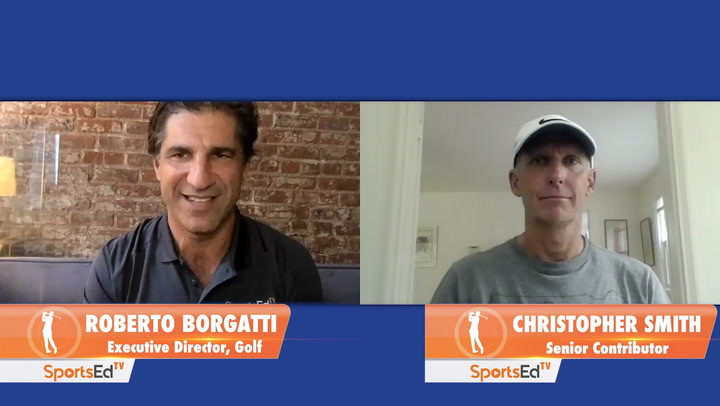Golf
Welcome and thanks for visiting...

A Complete Guide To Beginner's Golf
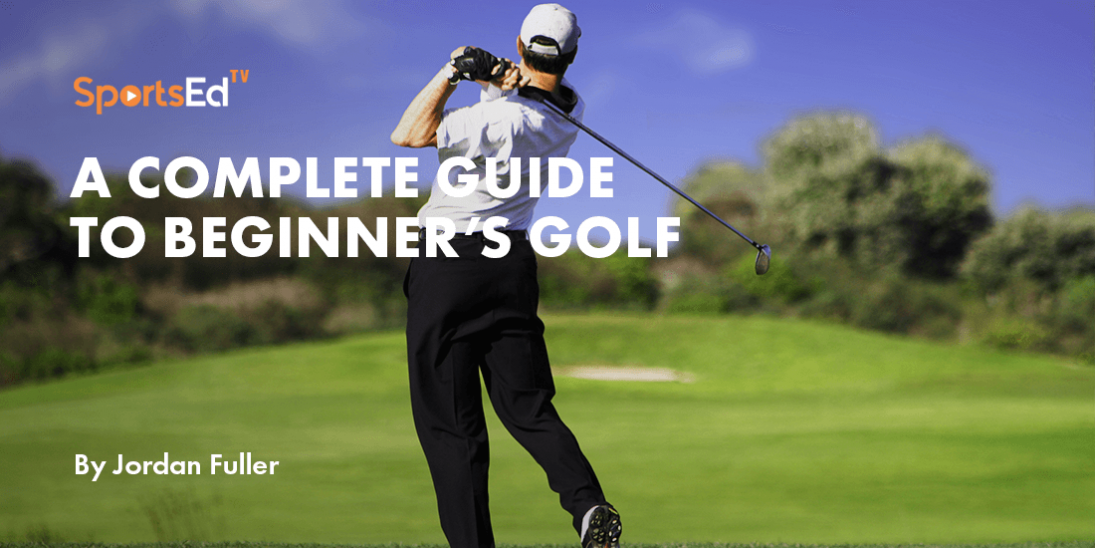
SportsEdTV Golf is committed to bringing athletes, coaches, and parents pro-level Golf education videos for FREE. All levels, anywhere, anytime. Check out our full instructional library and sign up to join our Golf community.
Just like anything else, learning golf can be challenging. It can be confusing to memorize all the golf equipment and rules, let alone the jargon that you need to familiarize yourself with.
In this article, we have simplified the process of learning the basics of golf. Don't worry; we've made it beginner-friendly, so there's no need to worry about getting lost in complex terms!
Golf Essentials
Like any sport, playing golf requires specific equipment. But it's more complex than common sports such as basketball and soccer, wherein you would only need a ball to play. Here's what you'll need before stepping onto the golf course:
Golf clubs
You will need a set that consists of a driver, fairway wood, iron, wedge, hybrid, and a putter.
Golf bag
Of course, you will need a bag to carry all of your clubs! There are three types of bags you can choose from: a cart or trolley bag, Sunday or mini bag, and a carry bag.
Golf balls
You cannot play golf without this essential. If you're a beginner, it doesn't matter which brand and quality your golf balls are.
Golf shoes
If it's your first time, a pair of trainers would be fine. However, if you're going serious with golfing, then you'll need to play in golf shoes.
Common Golf Terms
Memorize these golf terms to speed up your learning process!
Golf tee
This refers to the wooden peg or stand to place your golf ball on. This will help you to elevate the ball when hitting your driver or playing on a par 3.
Tee Box
The area that marks the beginning of each hole, you will either aim from here to the green on a Par 3 or you will aim for the fairway if playing a Par 4 or 5. These are the only areas on the course in which you are permitted to use a golf tee.
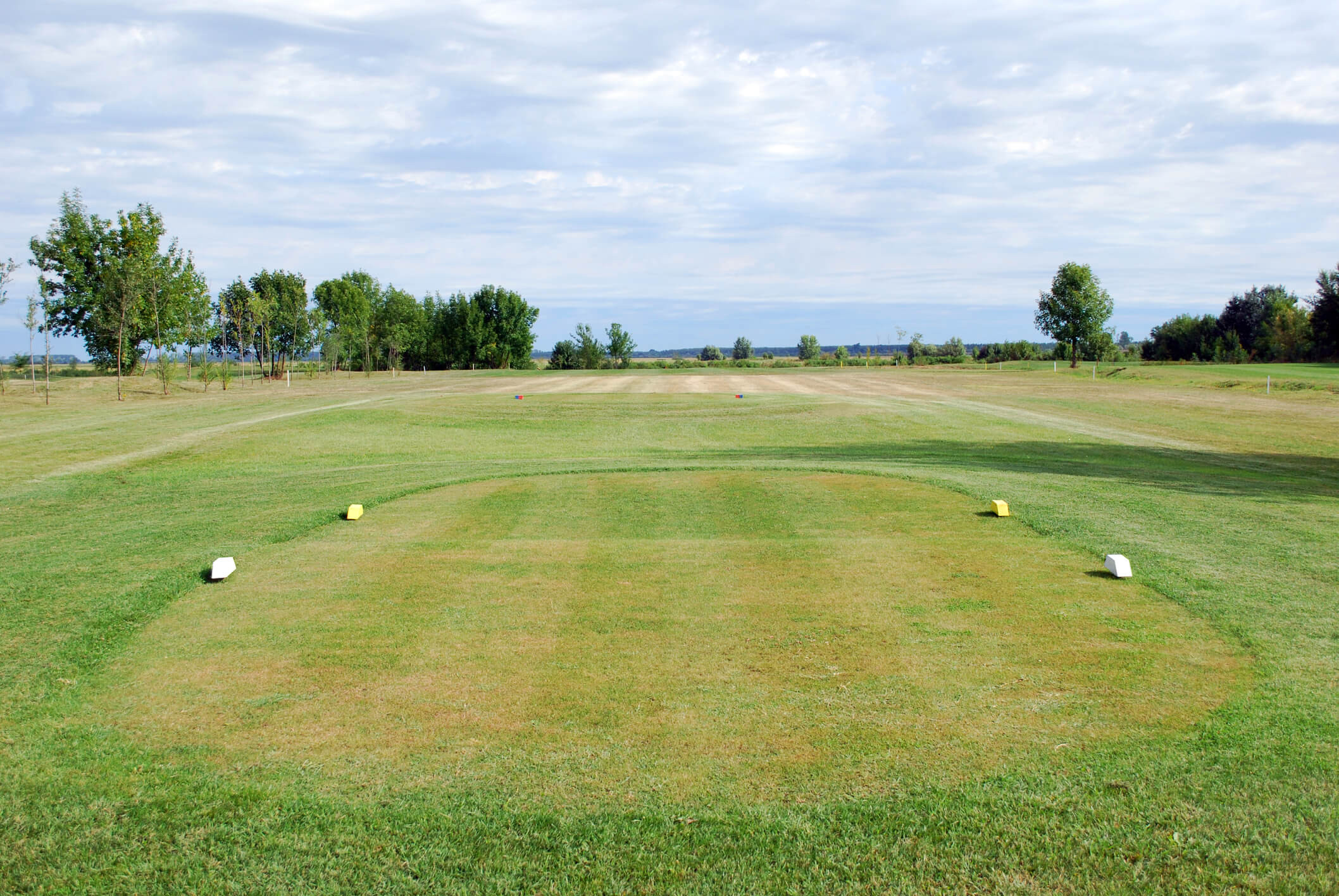
The green
The area surrounding the hole; the only club that you will need or are allowed to use in this area is your putter.
Fairway
The part of the golf course leading to the green. If you can hit your ball here off the drive it will make your next shot much easier.
The rough
An area on the side of the fairway that's often filled with long grass and trees makes your approach shot much more unpredictable than when in the fairway.
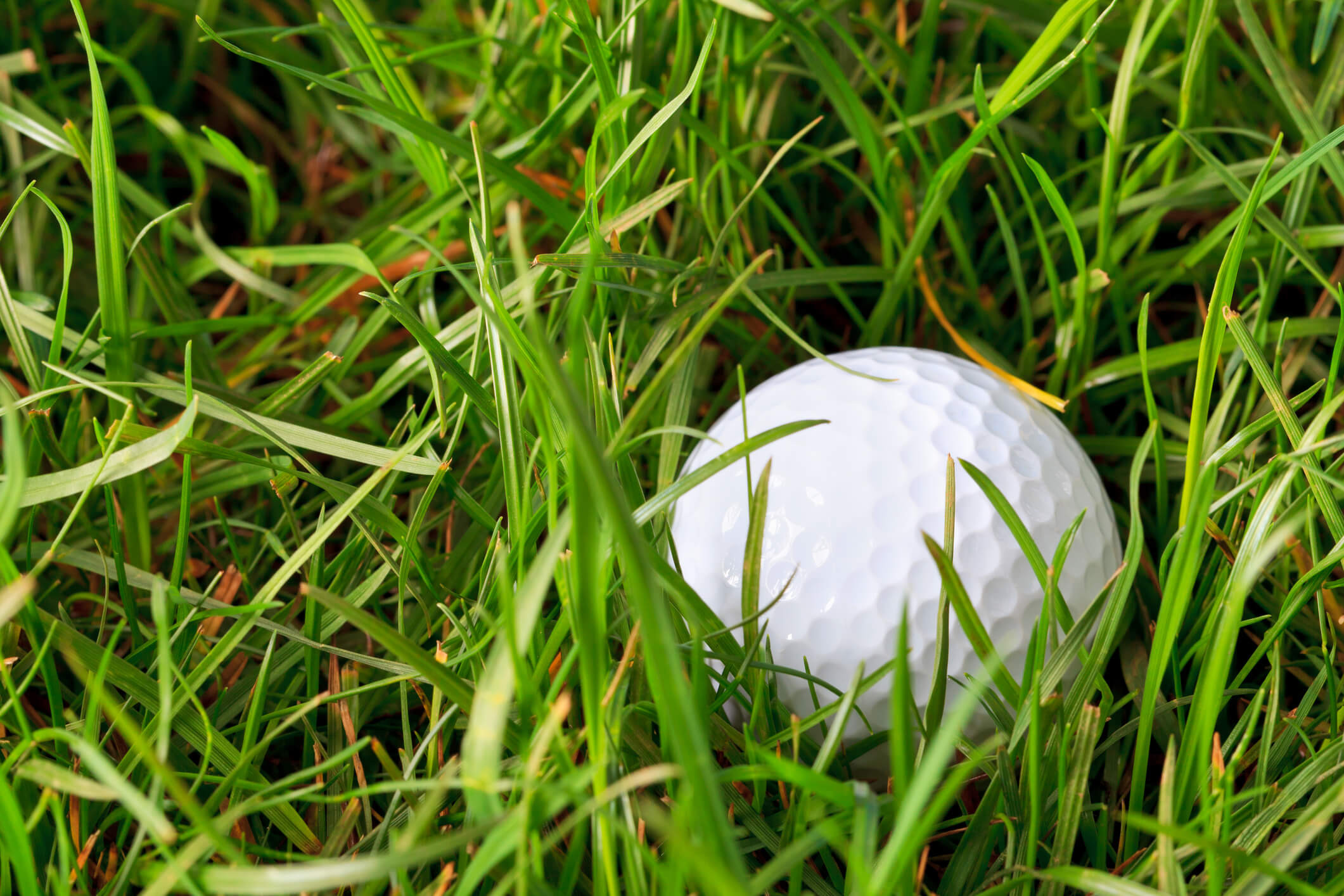
Bunker
a sand-filled depression hazard. You can’t ground your club in here, or you will receive a one-shot penalty.
Hazard
These are trees, ponds, streams, and bunkers. Basically, it's any natural challenge that hinders you from getting your ball in the hole.

Stroke
The swing you do to hit the ball. Scores are tracked by counting strokes, and a missed stroke is still counted.
Par
the number of strokes a golfer is expected to accomplish on the course or hole. Every golf hole has a designated "par" to it.
Basics of The Golf Swing
A successful golf swing is an accumulation of three simple steps. Once you've mastered these three, you'll likely master your swing in no time. The three steps, or G-A-P, are as follows:
Grip
This is the only movement that connects you to your golf club. Place your left hand on the club, wrapping your fingers around the grip. Next, place your right hand below. Make sure that your hands are wrapped over one another.
Aim
aiming is relatively easy to practice. Imagine you are standing on a train track—the righthand track refers to the target line and should be aiming at your target hole. Meanwhile, the lefthand track is the body line, an imaginary line in which your knees, feet, and shoulders are aligned. This line should always be parallel to the target line.
Posture
This is the key to a great swing. Good posture prevents you from losing your balance during a swing, allowing you to hit the ball with ease.
Swing Your Way to The Golf Course!
Now that you have the right equipment, it’s about time to get them to work. When you’re a novice golfer, chances are you can’t help but get too overwhelmed with the number of tips and tricks on the internet. When you get burned out from overcomplicating things, just remember the basics.
First, set up the tee. You can re-tee the ball if it falls off due to an uncontrollable factor, such as a strong gust of wind. You can even re-tee the ball if you mistakenly make contact when taking a practice swing; this is because the ball isn’t considered in play until you make an intentional stroke at the ball. Now, follow the G-A-P process. You’ll land the ball on either the fairway, rough, or bunkers. Make sure not to let your ball hit the water hazard, or it may result in a penalty.
Now, this is where your set of golf clubs will come into play. Each club is developed for a particular job. For instance, long clubs such as the driver, hybrid, and fairway wood have less loft on the face and longer shafts, enabling the ball to go further. With an iron, the shaft is shorter, and the loft (the tilt that affects trajectory and distance) on the face increases, which means it is better used when you want the ball to travel shorter.
Here’s a guide to give you a better understanding of what each golf club can do to help you ace the game:
Driver
It is best for teeing off to provide you with maximum distance.
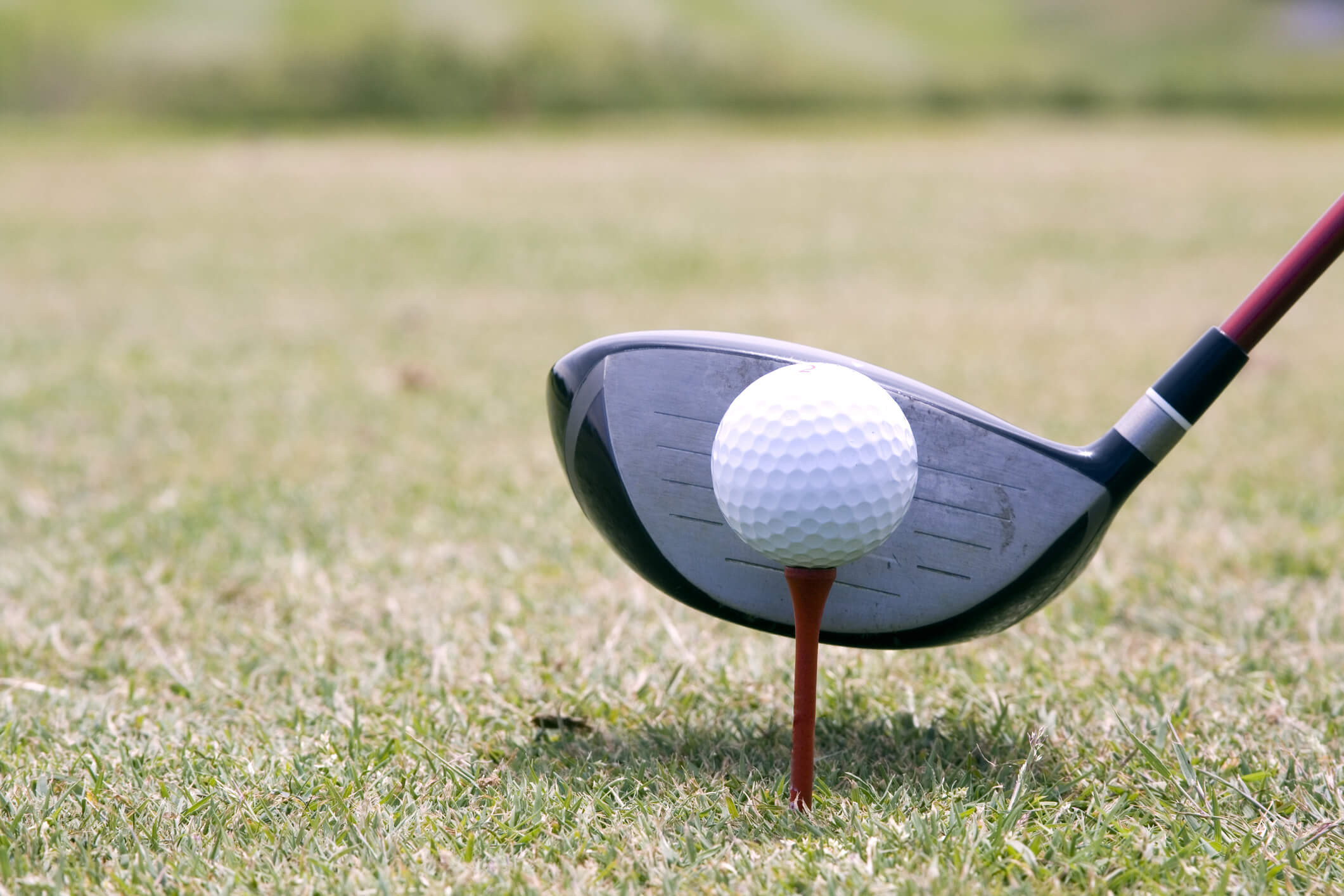
Hybrid
A mix of fairway wood and iron is best used to increase control without compromising distance or trajectory.
Fairway wood
The most versatile club. It can be used when teeing off or swinging from the fairway or rough without a tee.
Iron
Best for getting shots from 120-190 yards. Irons range from a 1- to a 9-iron, and the higher the clubhead number, the higher the loft and the shorter the shot.
Wedge
An iron that produces high-trajectory yet low-distance shots. These clubs are usually used from within 100 yards, including chip shots around the green and from bunkers.
Putter
Used on the green to shoot the ball home. This is the shortest swing you will use out of any of the clubs, as the ball never leaves the ground.
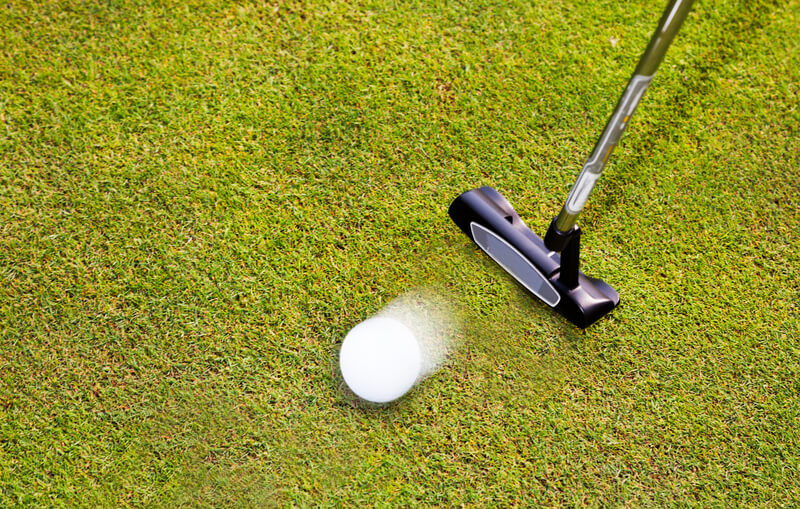
And once your ball reaches the hole, make sure to give yourself a pat on the back!
Conclusion
Remember, every golf professional was once a beginner! And it gets better with a lot of practice. Golf may seem complicated and intimidating, but when coupled with constant practice and passion for learning, you'll surely ace it in no time! The more you play, the better you will become, and the more fun you will have.






